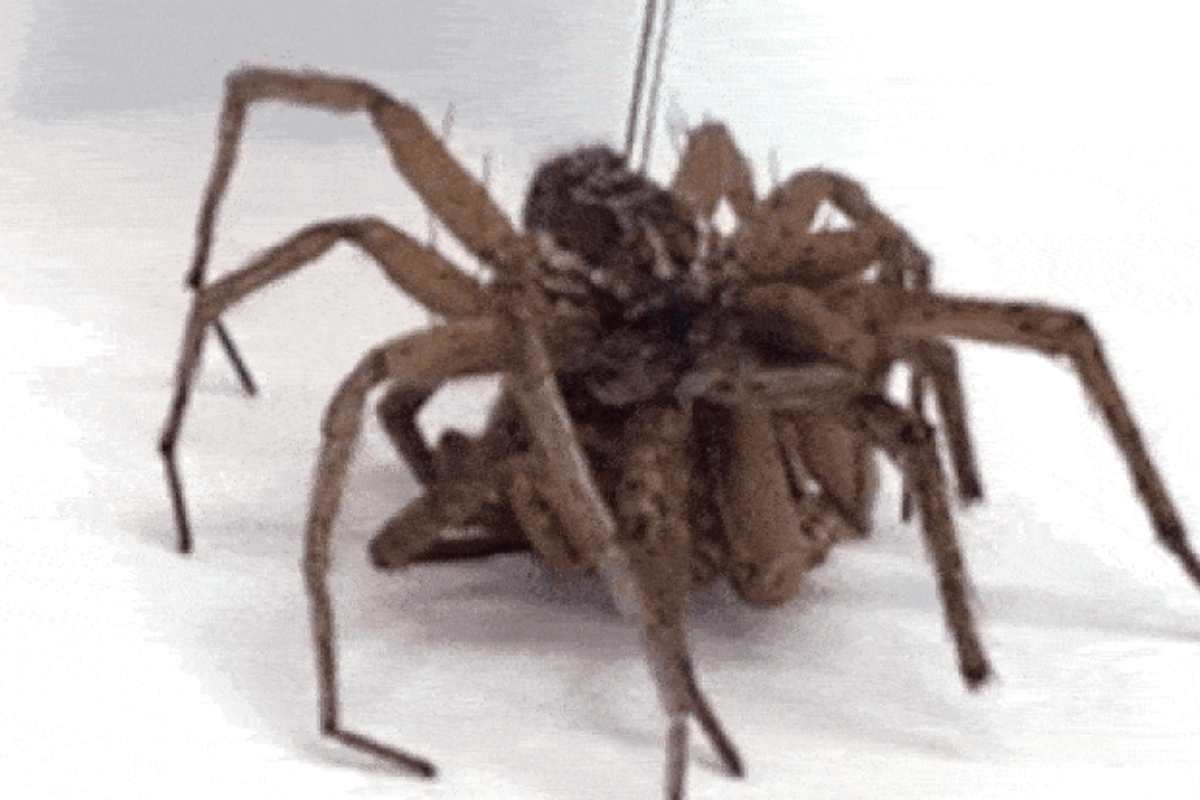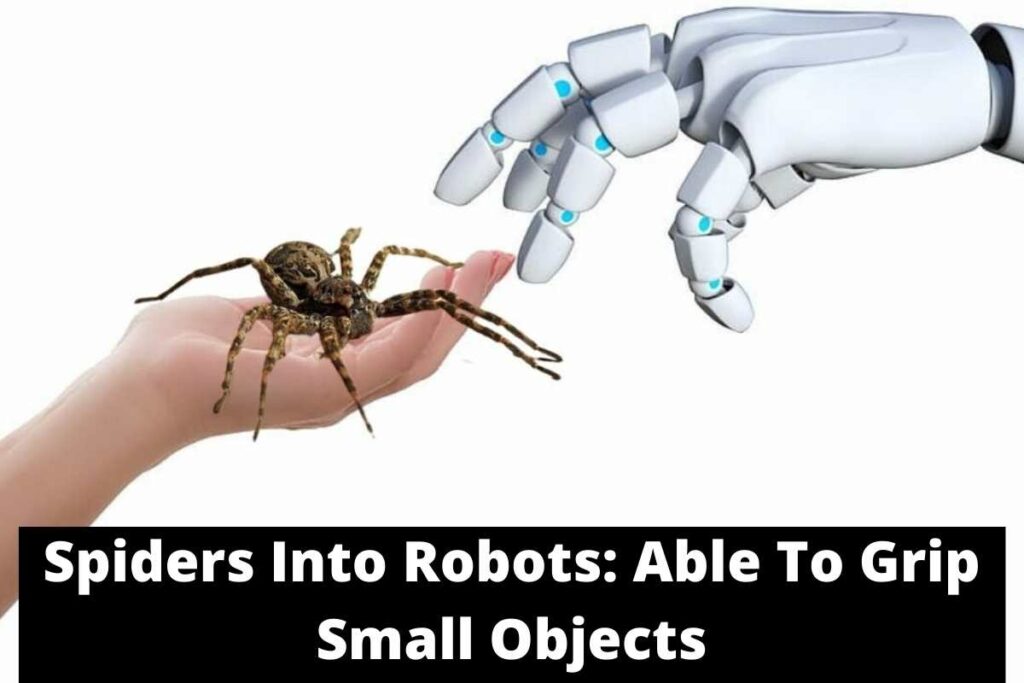I have some news for you if you believe that dead spider robots are something out of a horror film (or your darkest fears). Rice University mechanical engineers have really transformed spider corpses into what they refer to as “necrobots,” which may serve as mechanical grippers.
In research, using animal traits or parts to build robotic systems is nothing new. In bio-inspired techniques, designers take cues from an animal’s physical shape and apply them to intricate manufactured systems. Live or active biological elements provide the basis of biohybrid systems, necessitating careful and exact upkeep.
Also have a look at
- https://newsconduct.com/2022/07/25/monkeypox-outbreak-in-new-york/
- https://newsconduct.com/2022/07/26/monkeypox-declared-global-public-health-emergency/
The Rice University team has advanced science by using decomposing spiders as mechanical grippers. Initiating the field of “macrobiotics,” it is presently employing biotic materials as robotic components. In contrast to hard plastics, metals, and electronics, the team’s lab focuses on soft robotic systems, which frequently incorporate unconventional materials, according to research co-author Daniel Preston.

He continues, “The spider fits within this line of investigation. Although it hasn’t been tried before, it offers a lot of potentials. He pointed out that a dead spider’s body is the ideal structure for tiny, naturally occurring grippers. Spiders employ hydraulics to move their limbs, as opposed to people and other mammals who synchronize opposing muscles.
They only have flexor muscles, which allow them to curl their legs inward, and hydraulic pressure is used to extend them outward. Additionally, the spiders can separately regulate each limb thanks to internal valves in their hydraulic chamber.
They can no longer actively pressurize their bodies once they pass away. They curled up as a result. The spider gripper setup requires just one rather easy fabrication step. With a needle and some superglue, the researchers attached the gripper to the spiders’ hydraulic chamber. The other end of the needle was attached to a portable syringe or one of the lab’s test rigs.
A small amount of air was delivered as a result, almost immediately activating the legs. Wolf spiders were used by the crew, and tests revealed that they were capable of lifting more than 130% of their own body weight. The grippers were used to lift another spider, move objects, and even manipulate a circuit board.
Additionally, they discovered that the necro but could sustain around 1,000 open-close cycles before showing symptoms of wear and tear. Preston says, “There are a number of pick-and-place activities we might look at, repetitive chores like sorting or moving stuff around at these small scales, and perhaps even things like microelectronics manufacturing.
” Sustainability is the next step. Preston states that the spiders themselves are biodegradable. Therefore, we are not creating a significant waste stream, which is a potential issue with more conventional components.
Also have a look at
- https://newsconduct.com/2022/07/26/pulp-briptop-band/
- https://newsconduct.com/2022/07/26/death-after-tooth-infection/
I definitely wouldn’t want one of the necrobots near me if I was lifting anything because they do resemble zombie spiders coming back to life. However, it is astounding to see how the fusion of biology and robotics is revolutionizing modern technology.
Fort more news like this stay tuned with newsconduct.com




